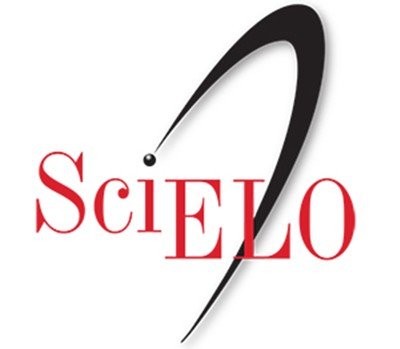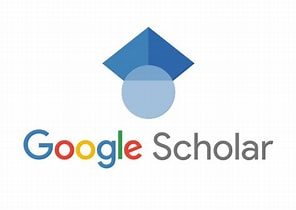Sobre la revista
Enfoque y alcance
Intersecciones en Comunicación es una revista científica digital, semestral y de acceso abierto (ISSN 2250-4184), editada por la Facultad de Ciencias Sociales de la UNICEN. Publica artículos inéditos sobre Comunicación Social, Periodismo y disciplinas afines, evaluados mediante arbitraje externo doble ciego. No cobra tasas de procesamiento (APCs) ni ofrece compensación económica a los autores. Los textos deben tener hasta 20 páginas y no estar en evaluación simultánea en otras revistas. Está dirigida a investigadores, docentes y estudiantes de grado y posgrado.
Evaluación y responsabilidad editorial
Los trabajos son evaluados a través del proceso de revisión por pares externos a la unidad editora bajo el protocolo de arbitraje doble ciego (double-blind peer review). El proceso completo (evaluación y publicación) tiene un plazo estimado de seis meses. La revista puede rechazar trabajos que no cumplan con sus estándares científicos o editoriales.
Política sobre tasas de procesamiento
Intersecciones en Comunicación no cobra ningún tipo de Tasa de Procesamiento de Artículos (Article Processing Charges - APCs), en ninguna etapa del proceso de edición y marcación. Los autores tampoco percibirán ningún tipo de compensación monetaria por parte de la revista.
Código de ética y uso responsable de IA
Intersecciones en Comunicación adhiere a las prácticas editoriales de Committee on Publication Ethics (COPE) (https://publicationethics.org/core-practices) y además a la Declaración de Heredia: promueve el uso ético de la inteligencia artificial en la edición científica, con responsabilidad humana y transparencia.
Los autores deben enviar sus trabajos:
Los trabajos deberán enviarse a través de la plataforma de la revista: http://ojsintcom.unicen.edu.ar/
Sí tienen inconvenientes, enviar un e-mail: intercom@virtual.soc.unicen.edu.ar
Deben incluir datos personales del autor/es: nombre completo, áreas de investigación o interés, procedencia-afiliación institucional actual, dirección postal, dirección electrónica y ORCID.
Licencia
La licencia utilizada es CC BY-NC-SA 4.0 Internacional, que permite compartir (copiar y redistribuir el material en cualquier medio y formato) y adaptar (remezclar, transformar y construir sobre el material) bajo los siguientes términos: atribución (reconocer la autoría), uso no comercial (no se puede utilizar el material con fines comerciales) y compartir igual (las obras derivadas deben distribuirse bajo la misma licencia).
Los autores conservan plenamente sus derechos de publicación, sin restricciones.
Esponsorización
Facultad de Ciencias Sociales de la Universidad Nacional del Centro de la Provincia de Buenos Aires















